Archaeological Spatial Analysis in R
Welcome !
Me:
Michal Michalski
https://topographos.github.io/
Lessons and Code:
Schedule
The classes will be in MCS1007, the new Maths and Science Building in Upper Mountjoy1.
Practical session every Friday (11 - 13.30)
17th February - Intro to R and R-Spatial
24th February - Vector based analysis
3rd March - Raster based analysis
10th March - Vector Raster interaction
Format
# focus on learnig by doing
asar <- class_material %>% # I will prepare material for each class
live_coding() %>% # as in Data Carpentries
feedback() %>% # ask questions - I will take notes
update() %>% # I will update material and add resources
share() # I will share it as html, pdfclasses is generally built around book Gecomputation with R.1
although some additional resources are included (e.g.Intro to R)
Assesment
# practical
assesment <- class_material %>% # you will re-use your material
data() %>% # I will share new data with you
analysis() %>% # you will read, wrangle, analyse and visualize data
report(500) %>% # You will write a short report
# score
score <- assesment %>%
reproducibility() %>% # the analysis should be reproducible
folder_structure() %>%
style() %>% # variables names, use of space tabs
narrative() %>% # e.g., clear comments explaining code and workflow
analysis() %>% # accuracy - code should work as intended
report() # explanation of deployed method, clear figures formattingThe summative deadline for project delivery will be 12pm, Monday 24th April 2023, via Turnitin.
Archaeological Spatial Analysis
“The main aim of this work is to suggest to archaeologists that there is a potential for more detailed and systematic study of spatial patterning in archaeological data.”
(Hodder and Orton, 1976, p1.)
Spatial Analysis1
Spatial data manipulation - usually in GIS
Spatial data analysis - descriptive and exploratory
Spatial statistical analysis - deploy statistical methods
Spatial modelling - construct models to predict outcomes
Why R? .Global_Env
Tool - Driven Revolution in Archaeological Science 1
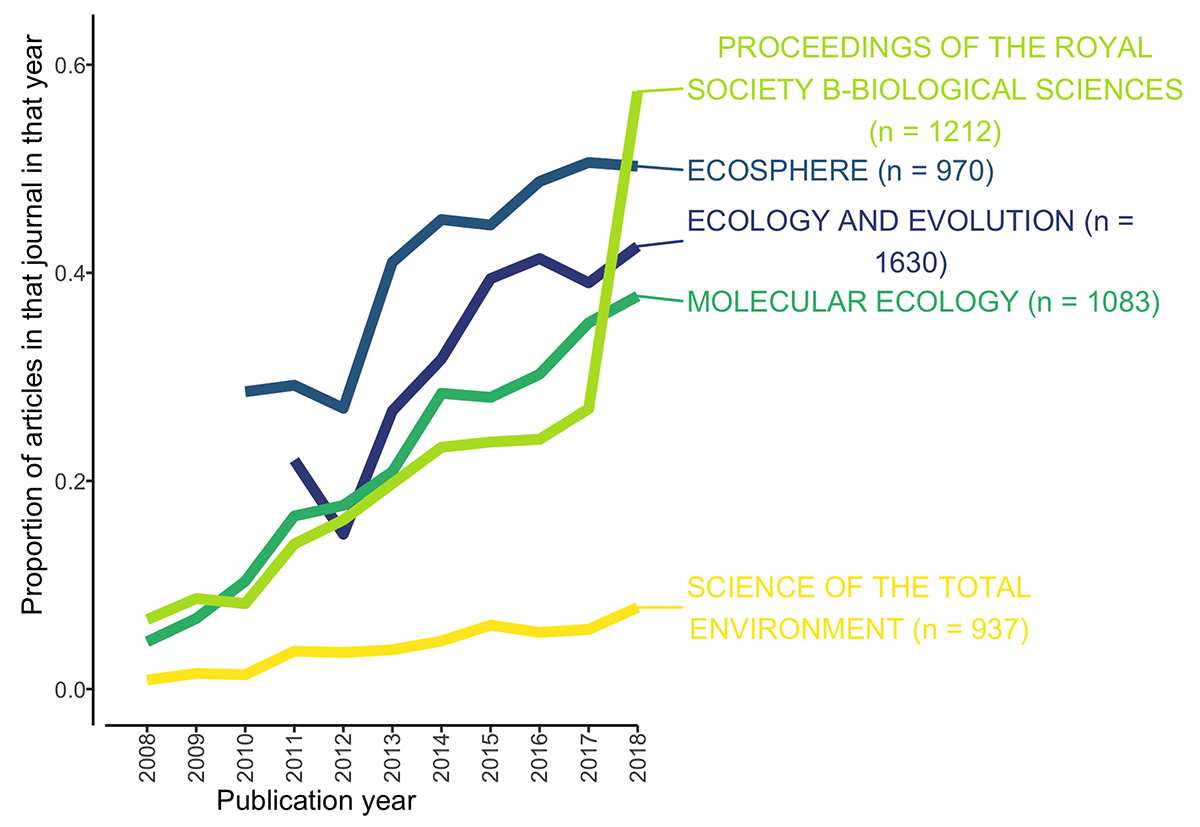
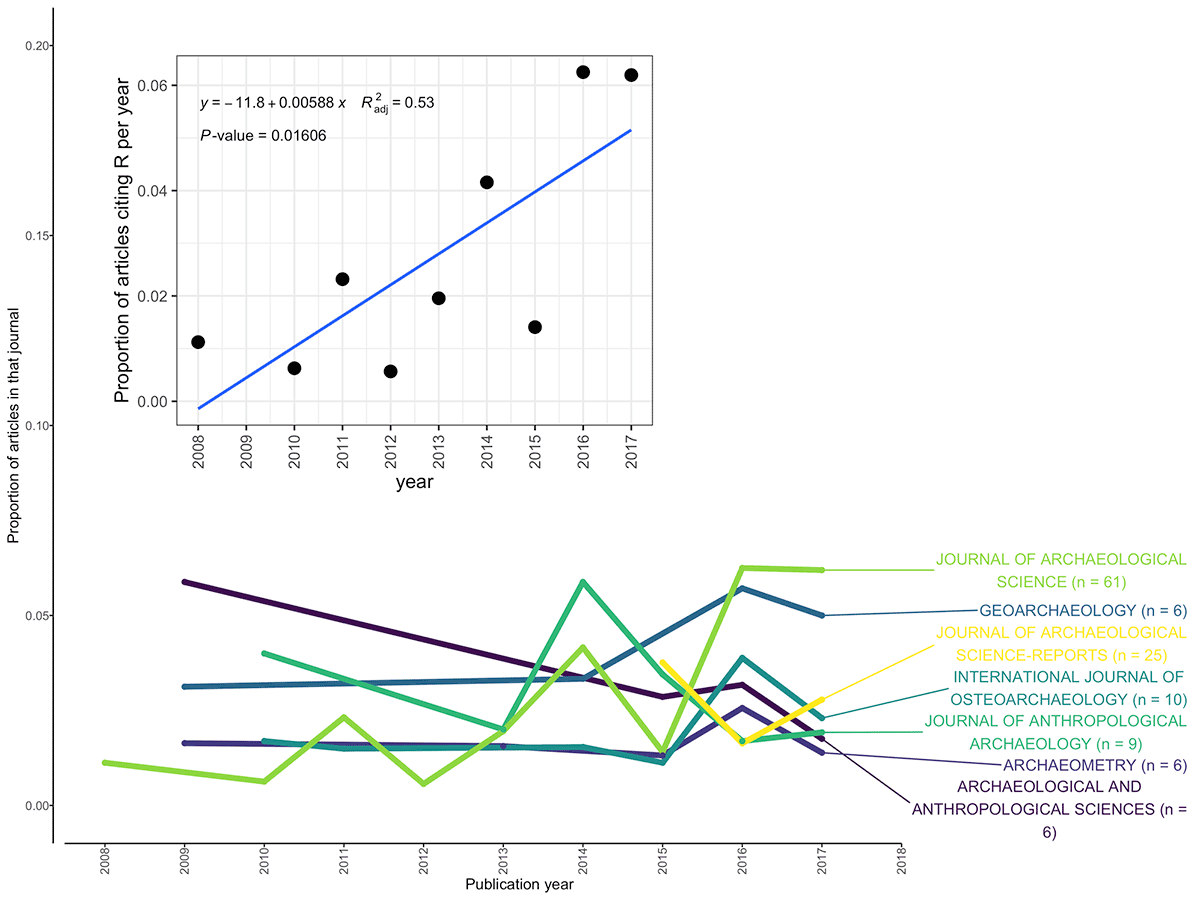
Why R? .Global_Env
Tool - Driven Revolution in Archaeological Science 1
ecology has moved much earlier to open programming such as R
archaeology have yet to adapt programming
we should update training curricula
emerging researcher in archaeology should be proficient in programming / analysis to collaborate with other domains (but not necessarily an expert in computer science)

Why R? .Local_Env
- It is a great resource for data analysis, data visualization, data science and machine learning
- It provides many statistical techniques
- It is easy to draw graphs in R, histograms, box plot etc..
- It works on different platforms (Windows, Mac, Linux)
- It is open-source and free
- It has a large community support
- It has many packages (libraries of functions)
source: w3schools
Why R? .Local_Env
- R integrates space and time (better than GIS)
- seamless workflows for spatial and non-spatial analysis
- GIS bridges
- automation and reproducibility
- literate programming
case study: https://topographos.github.io/banea/index.html
Coding Time ! - Lesson 0
R-spatial
CRAN Task View: Analysis of Spatial Data - link
Historical Background
Talk: A practical history of R-sig-geo by Roger Bivand
Article: Bivand, R.S. Progress in the R ecosystem for representing and handling spatial data. J Geogr Syst 23, 515–546 (2021).
Vector
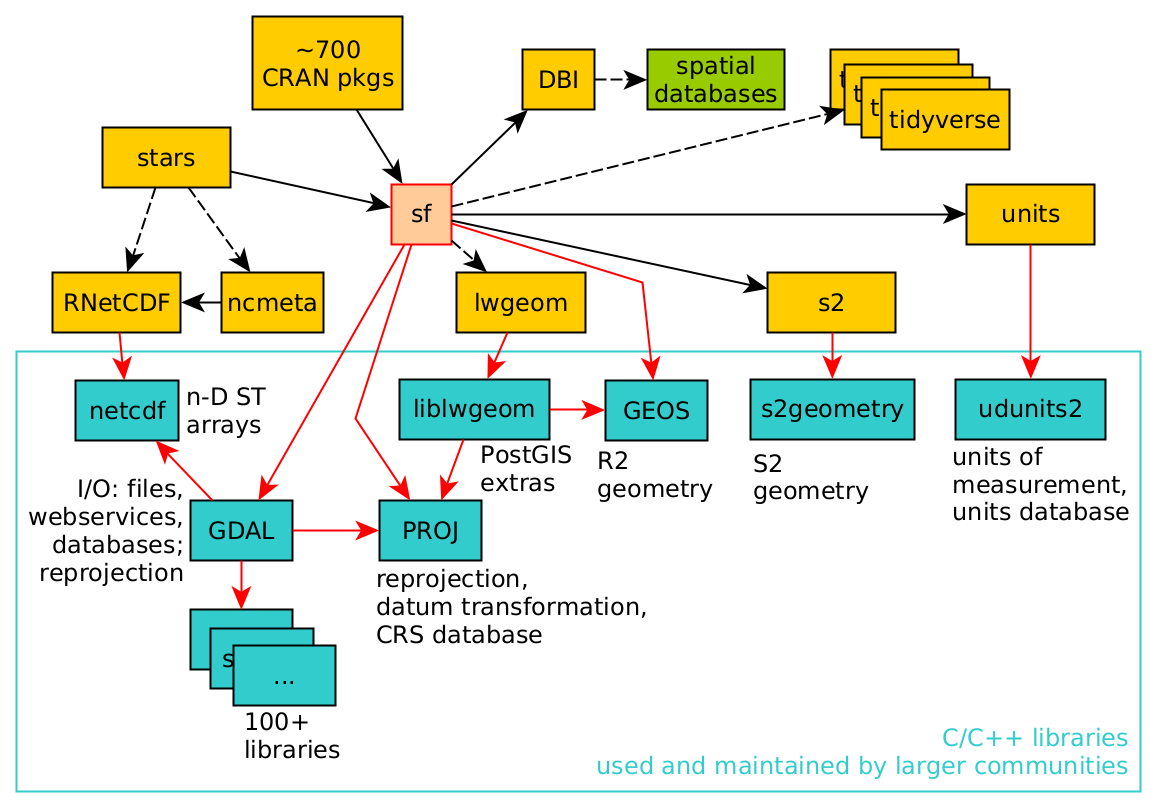
Source: Pebesma E, Bivand R, Spatial Data Science, Figure 1.7.
Raster
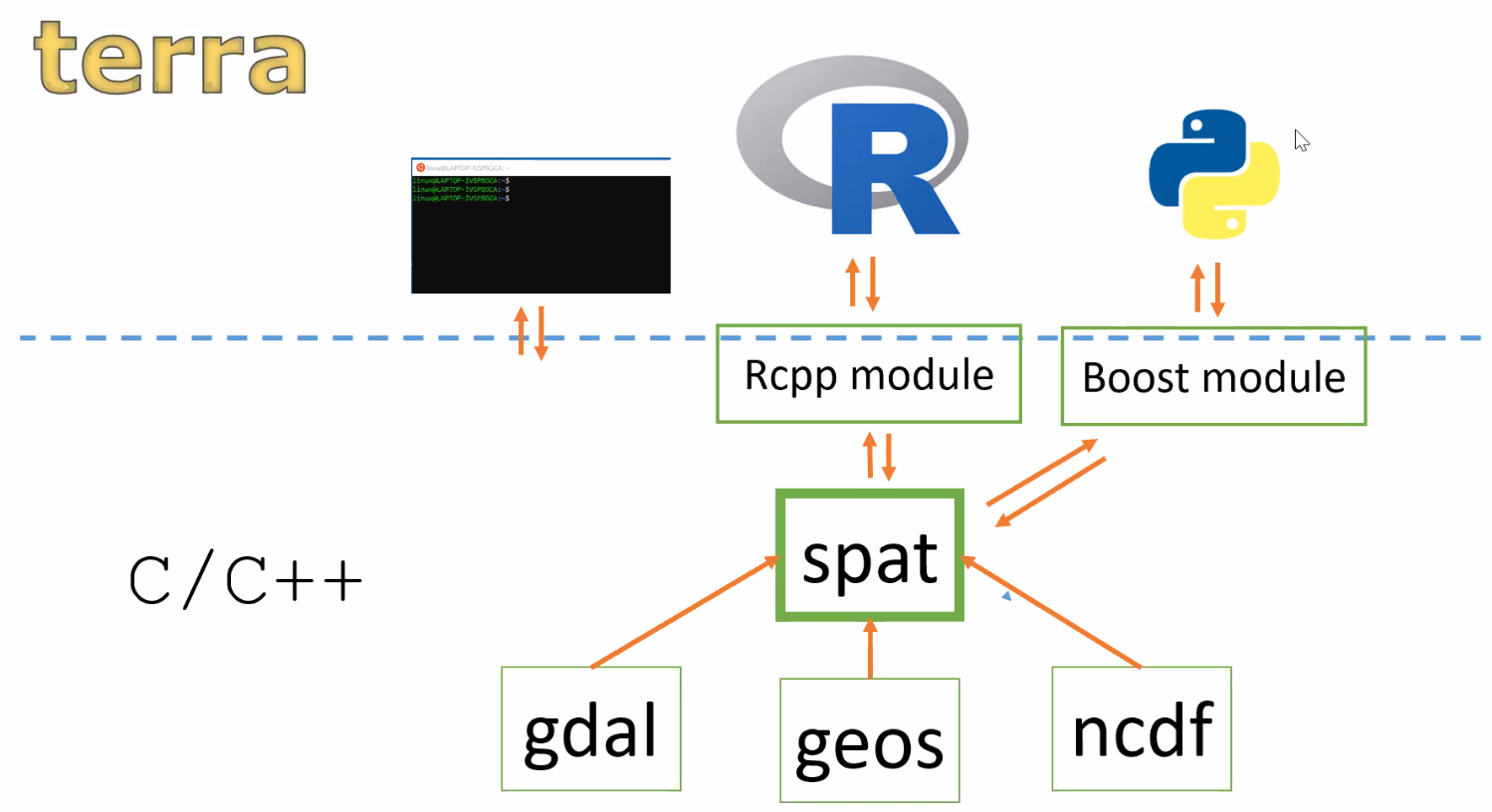
Source: Roelandt N, Nowosad J, Getting Started with R and R-spatial, workshop FOSS4G2022 Fig 2.4.
Coding Time ! - Lesson 1
Vector - analysis
Learning Objectives
learn about simple feature package
deal with coordinate reference system
create vector objects
manipulate vector objects
Background Reading
- Lovelace R, Nowosad K, Muenchow J, Geocomputation with R, Chapter 2.2, 2.4, 3.2, 4.2 and 5.2 - link
Vector analysis
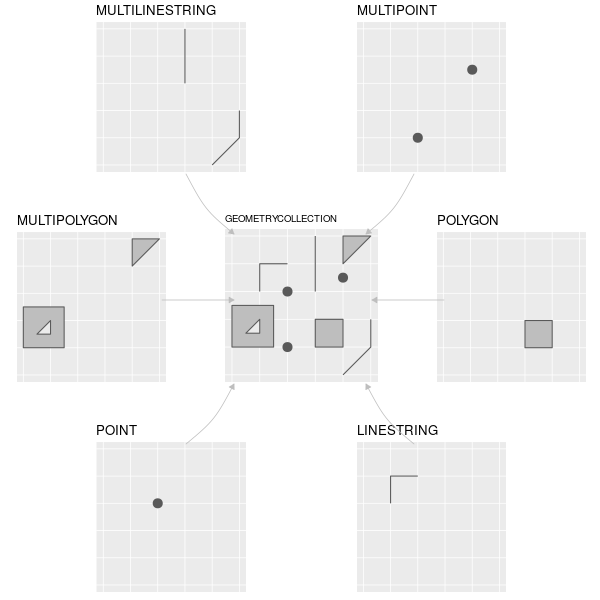
Source (https://r.geocompx.org/spatial-class.html#intro-sf)
Vector analysis
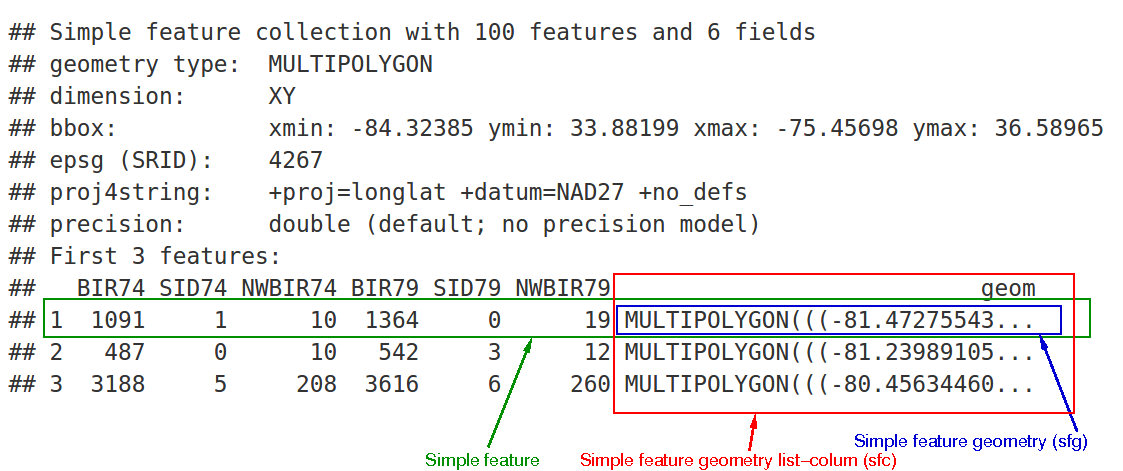
Source (https://r-spatial.github.io/sf/articles/sf1.html) NOTE: update the image
point-in-polygon (PIP)

buffer geometries

dissolve geometries

voronoi polygons

Coding Time ! - Lesson 2
Raster - analysis
Learning Objectives
learn about raster class in terra package
deal with coordinate reference system
create raster objects
manipulate raster objects
Background Reading
- Lovelace R, Nowosad K, Muenchow J, Geocomputation with R, Chapter 2.2, 2.4, 3.2, 4.2 and 5.2 - link
Raster

Map Algebra

Terrain Characterisitcs

Spectral Indices

GIS Bridges
Whitebox https://www.whiteboxgeo.com/

Geomorohons (Source:https://grass.osgeo.org/grass82/manuals/r.geomorphon.html)
Coding Time ! - Lesson 3
Raster - Vector
Learning Objectives
learn about raster extraction
visualize data using ggplot
Background Reading
- Lovelace R, Nowosad K, Muenchow J, Geocomputation with R, Chapter 6 - link
Grammar of Graphics
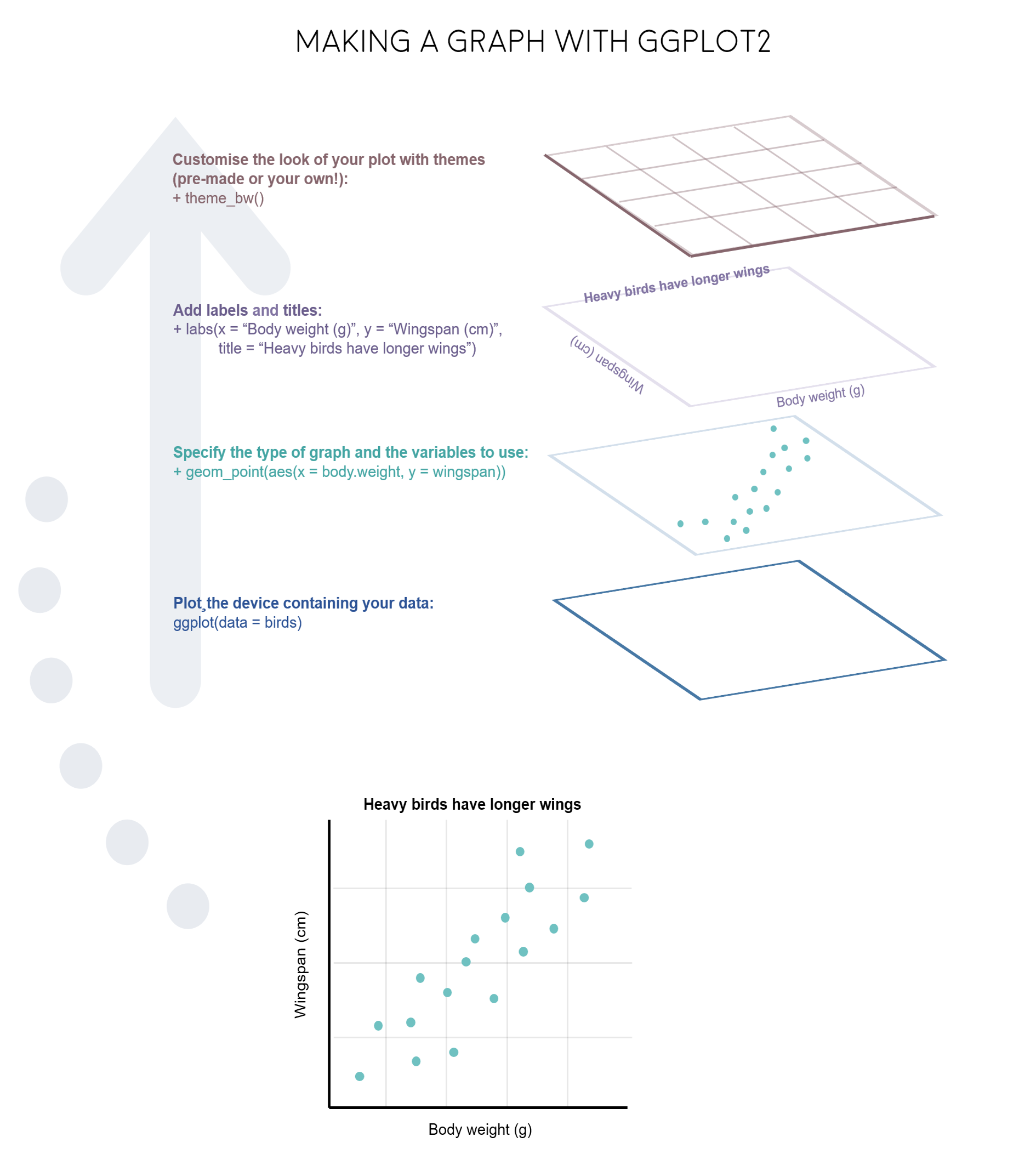
Literate Programming
‘By coining the phrase “literate programming”, I am imposing a moral commitment on everyone who hears the term; surely nobody wants to admit writing an illiterate program’
Donald E. Knuth
Coding Time ! - Lesson 4
Assessment
https://github.com/topographos/asar_project/
Q&A
Surgery (Zoom / Teams Call) in two weeks time?